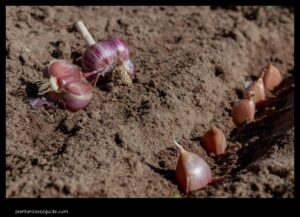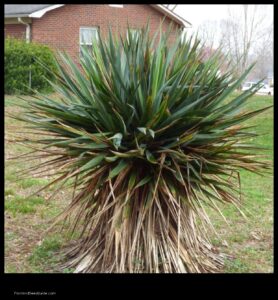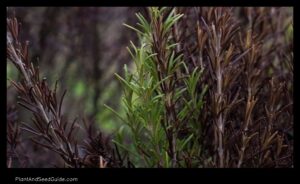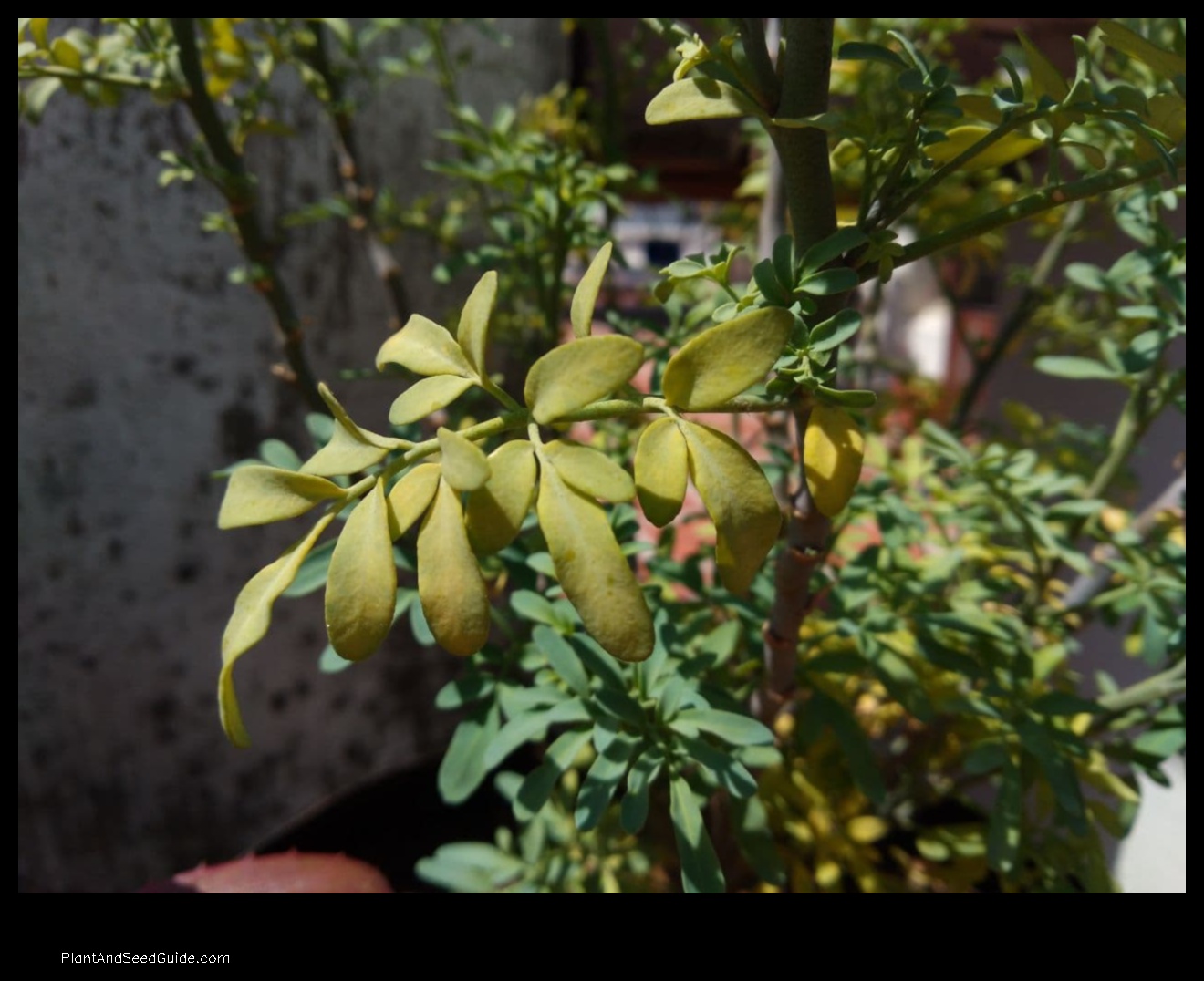
</p>
Why is my rue plant turning yellow?
There are a number of reasons why your rue plant may be turning yellow. Here are some of the most common causes:
- Watering too much or too little. Rue plants need to be watered regularly, but not too much. If you overwater your rue plant, the roots will become waterlogged and the plant will start to yellow. If you underwater your rue plant, the leaves will wilt and turn yellow.
- Too much or too little sunlight. Rue plants need full sun to thrive, but they can also tolerate some shade. If your rue plant is not getting enough sunlight, the leaves will start to yellow. If your rue plant is getting too much sunlight, the leaves will burn and turn yellow.
- Nutrient deficiency. Rue plants need a number of nutrients to stay healthy, including nitrogen, phosphorus, and potassium. If your rue plant is not getting enough nutrients, the leaves will start to yellow.
- Pests and diseases. A number of pests and diseases can cause rue plants to turn yellow. Some common pests include aphids, mites, and whiteflies. Some common diseases include leaf spot, powdery mildew, and rust.
If you think your rue plant is turning yellow because of one of these reasons, you can try to correct the problem and see if the leaves start to turn green again.

How to prevent rue plants from turning yellow
To prevent your rue plant from turning yellow, you can follow these tips:
- Water your rue plant regularly, but not too much.
- Make sure your rue plant is getting enough sunlight.
- Fertilize your rue plant regularly with a balanced fertilizer.
- Inspect your rue plant regularly for pests and diseases and treat them as soon as possible.
How to treat rue plants that are turning yellow
If your rue plant is already turning yellow, you can try to treat it by following these steps:
- Water your rue plant thoroughly.
- Move your rue plant to a location where it will get more sunlight.
- Fertilize your rue plant with a balanced fertilizer.
- Treat your rue plant for pests and diseases.
If your rue plant is still turning yellow after you have tried these steps, you may need to take it to a garden center or nursery for professional help.
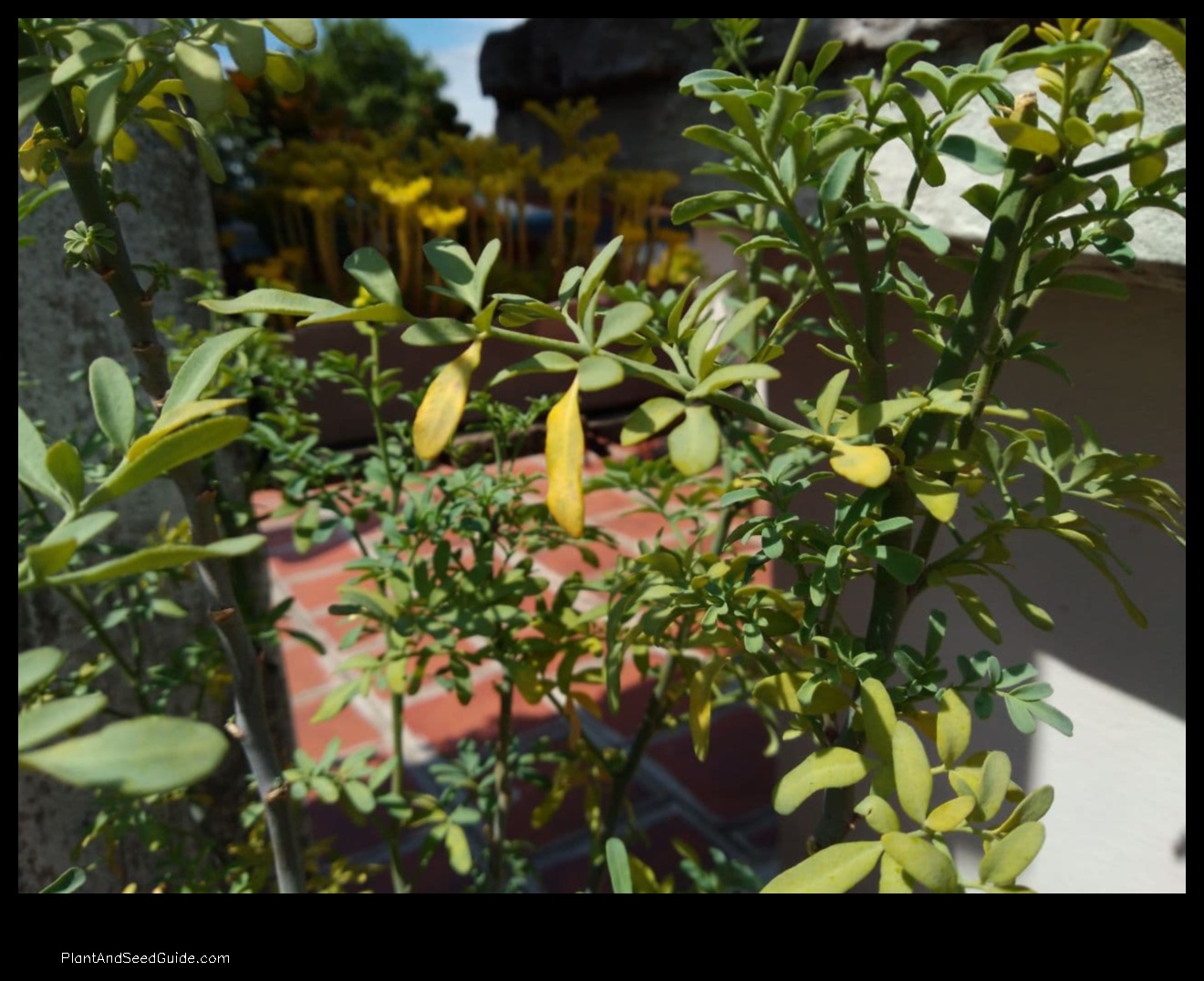
Common pests and diseases that can cause rue plants to turn yellow
The following are some of the most common pests and diseases that can cause rue plants to turn yellow:
- Aphids are small, soft-bodied insects that feed on the sap of plants. They can cause leaves to turn yellow and wilt.
- Mites are tiny, eight-legged creatures that feed on the sap of plants. They can cause leaves to turn yellow and become covered in a fine web.
- Whiteflies are small, flying insects that feed on the sap of plants. They can cause leaves to turn yellow and drop off.
- Leaf spot is a fungal disease that causes leaves to turn yellow and develop brown spots.
- Powdery mildew is a fungal disease that causes leaves to turn yellow and covered in a white, powdery substance.
- Rust is a fungal disease that causes leaves to turn yellow and develop rust-colored spots.
How to water rue plants properly
Rue plants need to be watered regularly, but not too much. The best way to determine how much water your rue plant needs is to stick your finger in the soil. If the soil is dry to the touch, it is time to water your plant.
When you water your rue plant, make sure to water it thoroughly. This means that you should water until the water starts to drain out of the bottom of
IWhat causes rue plants to turn yellow?
There are a number of reasons why rue plants may turn yellow. Some of the most common causes include:
- Watering issues: Rue plants need to be watered regularly, but not too much. If they are not watered enough, their leaves will turn yellow and wilt. If they are watered too much, their roots will rot and the plant will die.
- Nutrient deficiency: Rue plants need a number of nutrients in order to stay healthy, including nitrogen, phosphorus, potassium, and magnesium. If they are not getting enough of these nutrients, their leaves will turn yellow.
- Pests and diseases: A number of pests and diseases can cause rue plants to turn yellow. Some of the most common pests include aphids, spider mites, and mealybugs. Some of the most common diseases include powdery mildew, rust, and leaf spot.
IWhat causes rue plants to turn yellow?
There are a number of reasons why rue plants may turn yellow. Some of the most common causes include:
- Watering problems: Rue plants need to be watered regularly, but not too much. If they are not watered enough, the leaves will wilt and turn yellow. If they are watered too much, the roots will rot and the leaves will also turn yellow.
- Nutrient deficiencies: Rue plants need a number of nutrients in order to grow healthy.
Some of the most common nutrient deficiencies that can cause yellow leaves in rue plants include nitrogen, phosphorus, and potassium.If they are not getting enough of these nutrients, the leaves may turn yellow..
- Pests and diseases: A number of pests and diseases can cause rue plants to turn yellow. Some of the most common pests include aphids, spider mites, and mealybugs. Some of the most common diseases include powdery mildew, rust, and verticillium wilt.
IWhat causes rue plants to turn yellow?
There are a number of reasons why rue plants may turn yellow. Some of the most common causes include:
- Watering problems: Rue plants need to be watered regularly, but not too much. If they are not watered enough, their leaves will turn yellow. If they are watered too much, their roots will rot, which can also cause the leaves to turn yellow.
- Fertilizer burn: Rue plants do not need a lot of fertilizer, and too much fertilizer can actually damage the roots and cause the leaves to turn yellow.
- Pests and diseases: A number of pests and diseases can attack rue plants, and these can also cause the leaves to turn yellow. Some of the most common pests include aphids, spider mites, and whiteflies. Some of the most common diseases include powdery mildew, rust, and leaf spot.
- Environmental factors: Rue plants are not very tolerant of cold weather, and if they are exposed to frost or freezing temperatures, their leaves may turn yellow. Rue plants also do not like to be in full sun all day, and if they are exposed to too much sunlight, their leaves may turn yellow.
Common pests and diseases that can cause rue plants to turn yellow
There are a number of pests and diseases that can cause rue plants to turn yellow. Some of the most common include:
- Aphids
- Whiteflies
- Thrips
- Mealybugs
- Scale insects
- Rust
- Powdery mildew
- Verticillium wilt
If you suspect that your rue plant is suffering from a pest or disease, it is important to identify the problem so that you can treat it effectively.
Here are some tips for identifying and treating pests and diseases on rue plants:
- Inspect your plants regularly for signs of pests or diseases.
- Use a magnifying glass to help you identify small pests.
- If you find pests or diseases on your plants, treat them immediately with an appropriate insecticide or fungicide.
- Follow the directions on the product label carefully.
- Repeat treatments as necessary until the pests or diseases are gone.
By following these tips, you can help keep your rue plants healthy and free from pests and diseases.
VHow to water rue plants properly
Rue plants are drought-tolerant plants, but they will still benefit from regular watering, especially during periods of hot, dry weather.
Water your rue plants deeply once or twice a week, making sure to soak the soil thoroughly.
If you live in an area with heavy rainfall, you may need to water your rue plants less frequently.
It is important to avoid overwatering rue plants, as this can lead to root rot.
To check if your rue plants need water, stick your finger into the soil. If the soil is dry to the touch, it is time to water your plants.
How to water rue plants properly
Rue plants are drought-tolerant plants, but they will still benefit from regular watering.
Water rue plants once a week during the summer months and once every two weeks during the winter months.When watering rue plants, it is important to water deeply so that the water reaches the roots..
If you live in an area with hot, dry summers, you may need to water rue plants more frequently. Be sure to check the soil before watering to make sure that it is dry before watering.
Overwatering rue plants can cause the roots to rot, so it is important to not overwater them. If you are not sure if you are watering your rue plants too much, check the soil before watering. The soil should be dry to the touch before watering.
If you notice that your rue plants are starting to wilt, this could be a sign that they are not getting enough water. Be sure to water them more frequently and check the soil to make sure that it is moist.
How to prune rue plants properly
Pruning rue plants is important for maintaining their health and appearance. It can also help to control the spread of the plant, as rue can be invasive in some areas.
To prune rue plants, you will need:
- A pair of sharp pruning shears
- Gloves (optional)
To prune rue plants, follow these steps:
- First, choose a time to prune when the weather is dry. This will help to prevent the spread of disease.
- Wear gloves if you have sensitive skin.
- Prune the rue plants back to about half their original size.
- Remove any dead, diseased, or damaged branches.
- Prune the rue plants so that they have a balanced shape.
Pruning rue plants can help to keep them healthy and looking their best. It can also help to control the spread of the plant.
How to transplant rue plants properlyTransplanting rue plants is a relatively simple process, but there are a few things you need to keep in mind to ensure that your plants are successful.
First, choose a pot that is large enough for the roots of your plant. The pot should have drainage holes to prevent the roots from sitting in water.
Next, fill the pot with a well-draining potting mix. You can make your own potting mix by mixing equal parts of peat moss, perlite, and coarse sand.
Carefully remove the rue plant from its current pot. If the roots are tightly bound, gently loosen them with your fingers.
Place the rue plant in the new pot and fill in around the roots with potting mix. Firmly press down on the potting mix to remove any air pockets.
Water the rue plant thoroughly and place it in a location that receives bright, indirect sunlight.
Your rue plant should start to grow new roots and leaves within a few weeks.
FAQ
Q: Why is my rue plant turning yellow?
A: There are a few reasons why your rue plant might be turning yellow.
Overwatering: Rue plants are drought-tolerant plants and do not need to be watered often. If you are watering your rue plant too much, the roots can become waterlogged and the leaves will start to turn yellow.
Underwatering: Rue plants also need to be watered regularly, but they should not be allowed to dry out completely. If you are not watering your rue plant enough, the leaves will start to turn yellow and wilt.
Nutrient deficiency: Rue plants need a balanced fertilizer to thrive. If your rue plant is not getting enough nutrients, the leaves will start to turn yellow.
Q: How can I prevent my rue plant from turning yellow?
A: To prevent your rue plant from turning yellow, you should:
Water your rue plant regularly, but do not overwater it.
Allow the soil to dry out slightly between waterings.
Fertilize your rue plant with a balanced fertilizer once a month.
Make sure your rue plant is getting enough sunlight.
Q: How can I treat a rue plant that is turning yellow?
A: If your rue plant is turning yellow, you can try to treat it by:
Reducing the amount of water you are giving it.
Letting the soil dry out slightly between waterings.
Fertilizing your rue plant with a balanced fertilizer.
Moving your rue plant to a sunnier location.
- Wild Rose Country: Exploring Untamed Beauty - July 15, 2024
- Wildflower Nursery Decor: Bringing Nature Indoors - July 15, 2024
- Young Sprout of Grass: Nurturing New Life - July 15, 2024
| Topic | Feature |
|---|---|
| Yellow rue plant | A yellow rue plant is a sign that the plant is not getting enough nutrients. |
| Rue plant turning yellow | There are a number of reasons why a rue plant might turn yellow, including:
|
| Rue plant care | To prevent your rue plant from turning yellow, you need to:
|
| Rue plant problems | The most common problems that can cause a rue plant to turn yellow are:
|
| Rue plant diseases | The most common diseases that can cause a rue plant to turn yellow are:
|




